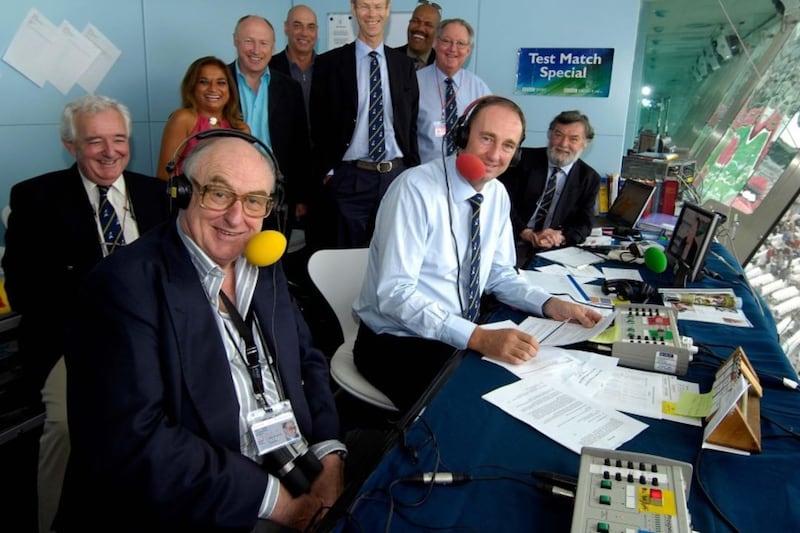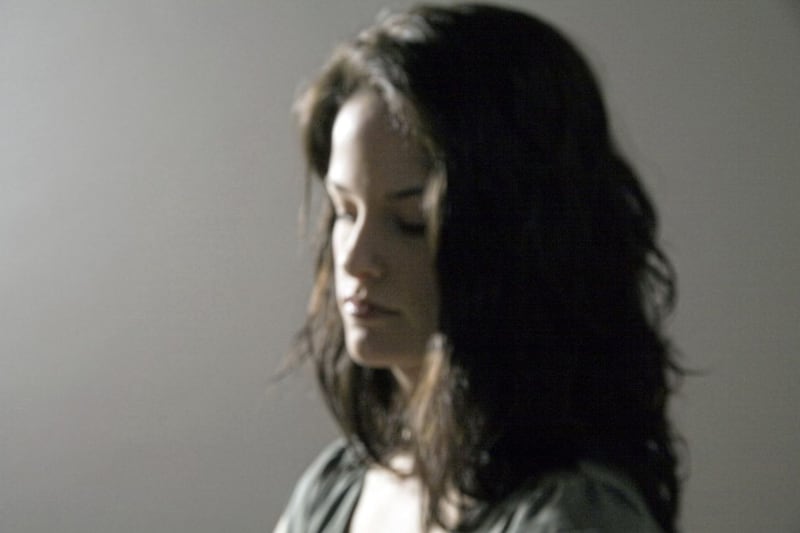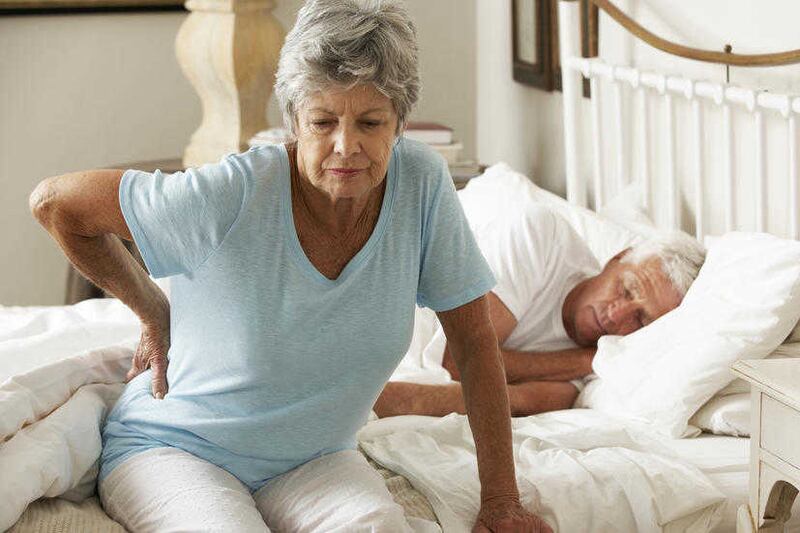HAVE you heard of TMS? It stands for transcranial magnetic stimulation and, according to reports, could offer hope to people with clinical depression when other treatments haven't helped.
It was invented in Sheffield the 1980s and has been used to treat a number of mental and physical health conditions, including OCD, anorexia, tinnitus and fibromyalgia – but studies suggest that up to 70 per cent of people with clinical depression could benefit from it.
Treatments usually centre around talking therapies, such as cognitive behavioural therapy (CBT) and antidepressant medicines. For severe depression that hasn't improved with other treatments, electroconvulsive therapy (ECT), where an electric current is applied to the brain under general anaesthetic, is still sometimes used. Though generally believed to be effective, ECT is associated with a number of side-effects, including causing seizures and memory loss, as well as being traumatic.
"TMS is a much more acceptable intermediary treatment between medication and ECT," says consultant psychiatrist Dr Leigh Neal, medical director of the Smart TMS clinic in London (www.smarttms.co.uk). "It involves a sea change of how we'll treat people in the future and the outcomes for depression."
HOW DOES IT WORK?
TMS simply involves a magnetic head, which converts electricity into a magnetic field, being placed against the scalp. The magnetic field sets up electrical circuits in the brain, affecting only a tiny area. The region of the brain targeted depends on the condition being treated – for depression, it's the left dorsolateral prefrontal cortex (DLPFC), where there's reduced activity in people with the condition.
Although deeper parts of the brain are also involved in depression, all the areas are connected and the DLPFC is the only accessible part.
"Scans find that the beneficial effects of TMS propagate through to the deeper areas, so all the depression circuit is beneficially affected," says Dr Neal, who explains the electrical stimulation causes changes within the brain related to chemicals and neuroplasticity (the ability of neurons to connect to each other).
"It causes more connectivity between nerves in the brain, an increase in the amount of neural activity, and an increase in the amount of neurotransmitters like serotonin."
One treatment lasts about 40 minutes, and is given daily for between 10 and 30 sessions.
WHO CAN HAVE TMS?
TMS was approved by the National Institute for Health and Care Excellence (NICE) for the treatment of depression in 2015. It's not considered a treatment for temporary low mood, however; rather clinical depression diagnosed by a GP or psychiatrist, and mainly for people who have had at least two courses of antidepressants (NICE recommends patients are offered treatment such as CBT and/or antidepressants first).
It's not suitable for everybody – people who have metal in their head for instance, such as metal clips after brain surgery, can't have TMS – but side-effects are believed to be minimal.
Dr Neal says the treatment creates "a funny electrical feeling" on the scalp, which quickly becomes virtually unnoticeable. There's a very slight risk of convulsions (the equivalent to one in 30,000 TMS sessions), and a small possibility of some discomfort such as a headache at the treatment site, felt by 5-10 per cent of patients.
Currently, it's only available on the NHS in Northampton, though other NHS trusts are considering introducing it. There are three private clinics in London that offer it (for around £200 a session), and a handful scattered around the UK.
SO HOW EFFECTIVE IS IT?
Any effect of TMS on depression is gradual, and Dr Neal admits there are some people for whom it doesn't work at all. However, trials show a recovery or remission rate after TMS of 30-40 per cent, and another 30 per cent get a substantial reduction in symptoms. "So you're talking about 60-70 per cent getting some beneficial effect, and 30-40 per cent of them making a full recovery," he says.
NICE warns that the clinical response varies, but there are a lot of good outcomes. A review of 40 randomised controlled trials, including 1,592 patients with depression treated by repetitive TMS or sham stimulation, showed a significant effect in favour of TMS. Patient responses were positive, describing significant benefits to their quality of life, including stopping antidepressants.
Dr Neal notes that people become more positive, motivated, communicative and sociable after a course of TMS: "You're not just seeing a reduction in mood, you're seeing people brighten up and become more energised – a qualitative difference you don't see with antidepressants."
Dr Alex O'Neill-Kerr from the Royal College of Psychiatrists says: "For some patients, TMS can be a life-changing treatment. Around 30 per cent of patients who have this treatment report having no symptoms of depression afterwards, while others say their depressive symptoms are significantly reduced.
"We hope to see TMS offered by the NHS, as we know that current treatment for resistant depression costs twice as much and is not proven to be more effective."







